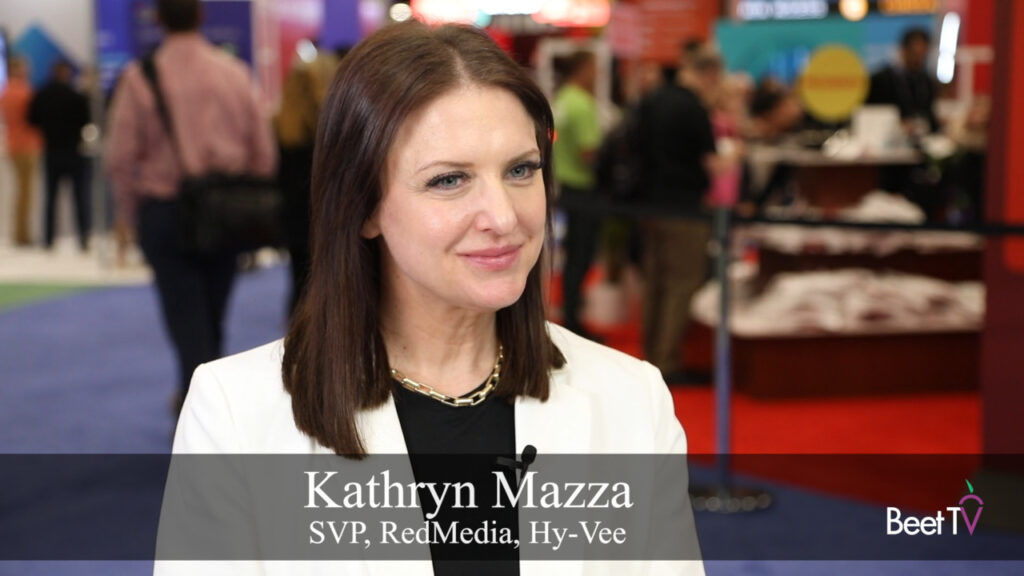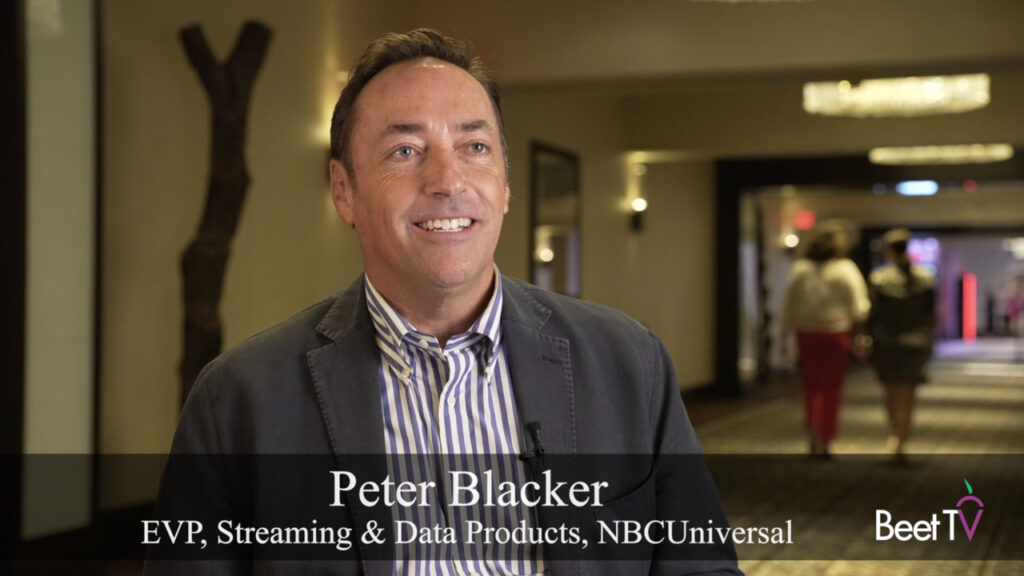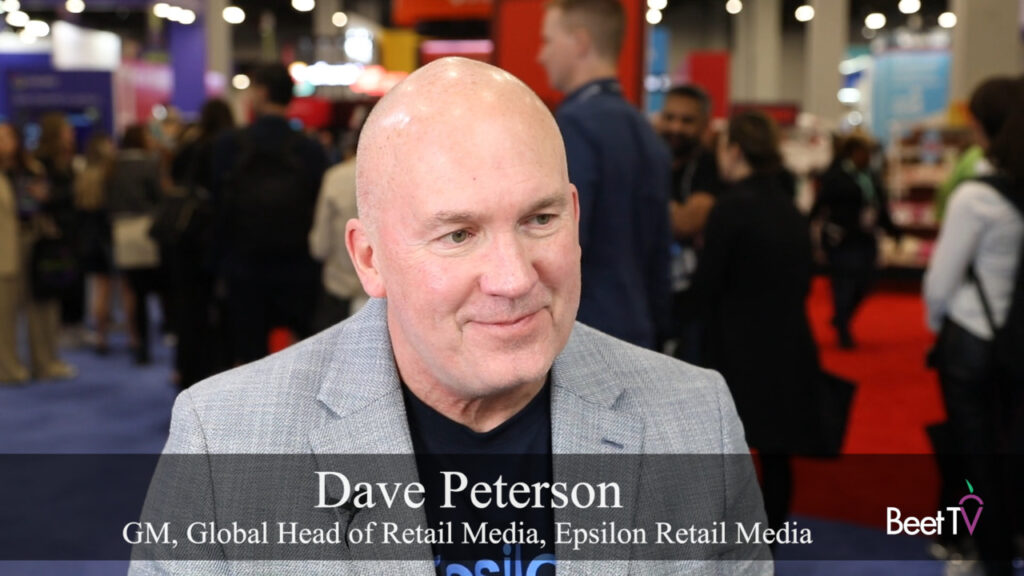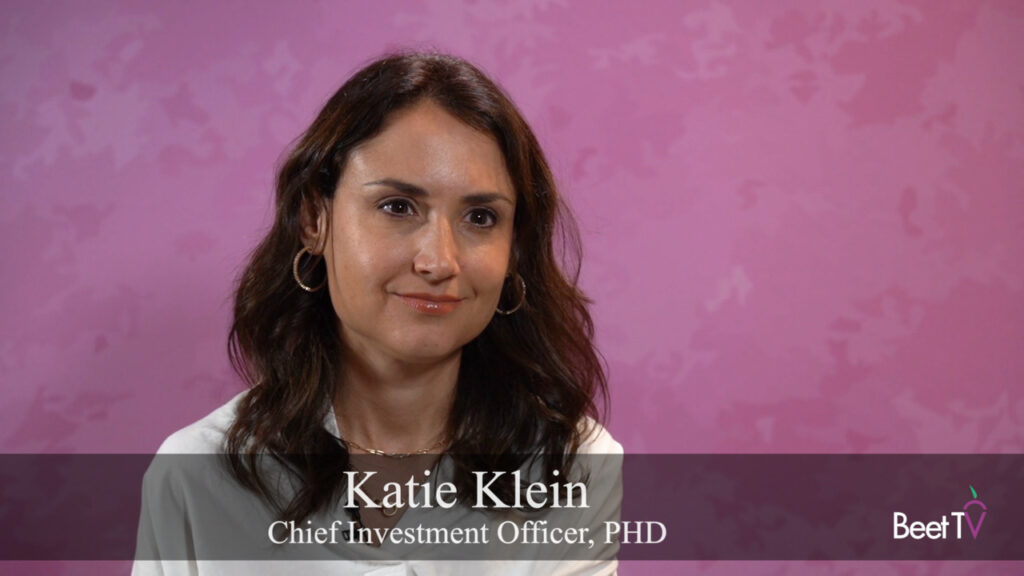MIAMI – Finding needles in hidden haystacks just might be the best metaphor for the current state of cross-platform targeting. As was evident during a panel discussion during the recent Beet.tv Retreat 2016, approaches vary by company and are limited to the best data sources until better ones come along.
For Sorenson Media, which uses data from smart television sets from partners that include Samsung, the main focus is that first screen. “That said, especially when you take an addressable approach, it kind of makes a lot of sense when you serve something on the first screen to follow up on the second screen,” says Stefan Maris, the company’s VP of Product Marketing & Partnerships.
Because Samsung has a device graph, it knows exactly what kind of devices are connected to the television and all the devices in the same household. So it knows the impression level data of exposure in the households and can use it to retarget those same devices.
“Those two worlds are definitely coming together,” Maris says in response to a question from moderator Ashley J. Swartz of Furious Corp. “In our view and our vision, TV is always leading. And then the second screen activation or extension if you like is always on top of that.”
Simulmedia has made big strides in measuring cross-platform exposure through its work with Facebook, showing reach across the social network and TV, according to Jeff Storan. Advertisers get a unified view of the audience they’re targeting on Facebook and how they’re reaching it with TV ads.
“For TV networks, they also get to see how those two mediums are working together to convert audiences to tune into their programming,” says Storan, who is Simulmedia’s VP of Marketing.
Device graphs and various data sets are fine for Joan Fitzgerald, VP of Product Management & Business Development at TiVo. “But then you have to build in a lot of custom targets and first-party targets, and I think that’s where things just slow down a little bit,” she says.
Noting that an unduplicated reach curve isn’t about to happen, Swartz asks about the limits of set-top box data in cross-platform planning. Does one just keep overlapping data sets “until you go from approachable audience with a net of two million to five moms in Duluth?” she says.
“I think creating more and larger single-source panels for the purpose of cross-media measurement is the path we have to take,” says Storen.
The reality is that advertisers are tracking against both age/gender targets and other targets defined by external data, according to Fitzgerald.
“We’re in this transition period,” she says. “You’re looking at the performance of that audience target over time and you’re experiencing the benefits of doing this kind of media planning optimization,” adds Fitzgerald. “But you’re delivering on both of these targets.”
This interview was conducted at Beet Retreat 2016: The Transformation of Television Advertising, an executive retreat presented by Videology with AT&T AdWorks and the 605. Please find more videos from the event here.


























